Borrower Overview
TriLinc has provided financing to a sustainably-driven minor metals material technology firm based in Hong Kong. Established in 2003, the borrower is a vertically integrated producer, processor and developer of specialty materials focusing on rare metals, advanced materials and recycling services which has expanded its global footprint to reach China, the US, the UK, the Netherlands, Japan, Singapore, Hong Kong, the Phillipines, Brazil and Poland. Sustainability is embedded in the company’s business model, as its primary operation is the extrication of rare metal resources from the byproduct of metal and mineral mining such as copper, lead, aluminum, zinc, tin, steel and coal. This activity results in the extension of the life of metals and the reduction of waste, without consumption of additional natural resources. The company produces advanced material products that are widely used in electronics, photovoltaics, LED, infrared materials, photo sensors, radiation detectors, pharmaceutical, glass and ceramics. TriLinc’s financing will support the acquisition of rare metals at an advance rate that enables a boost in production and build up inventory levels.
 |
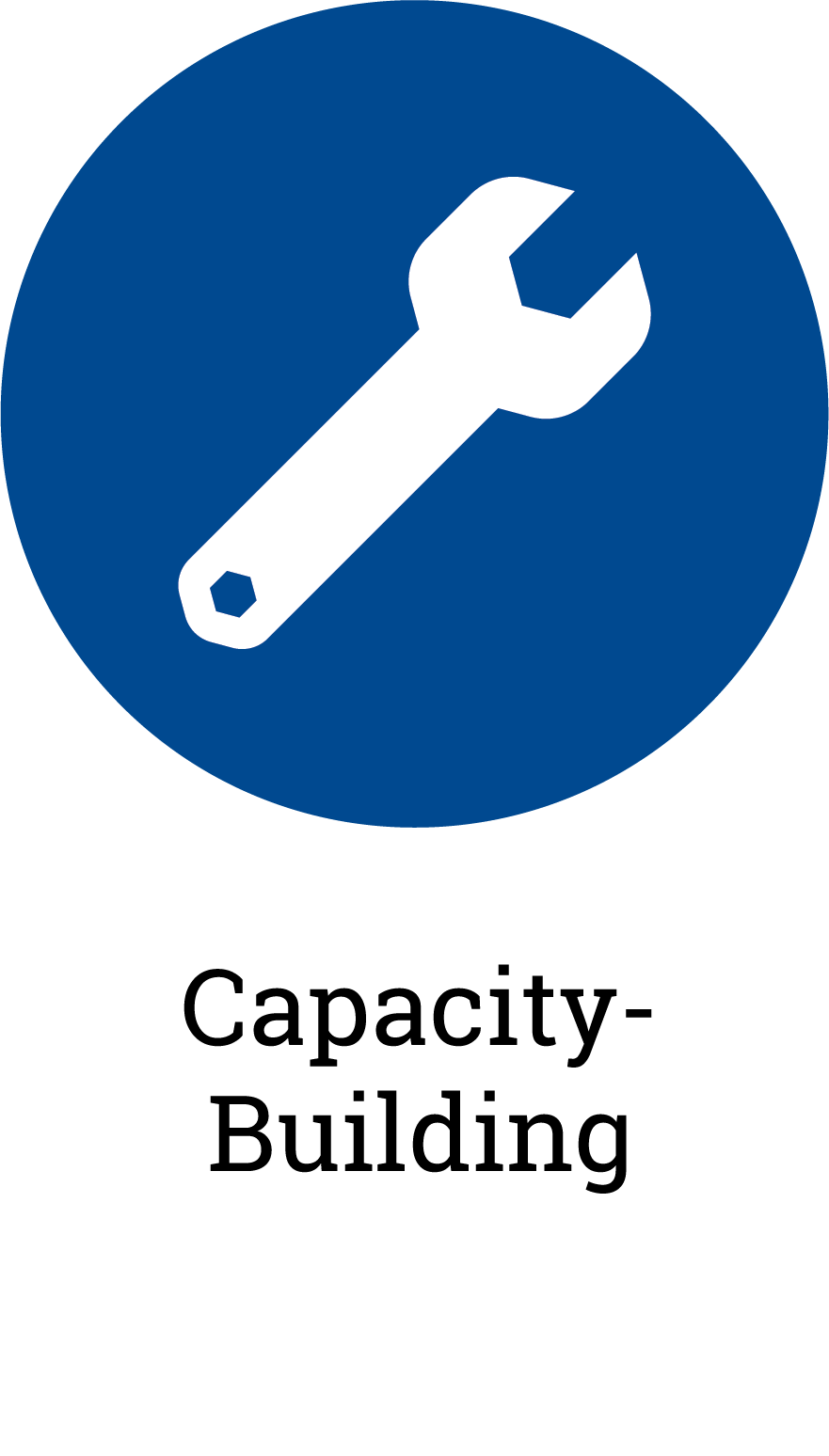 |
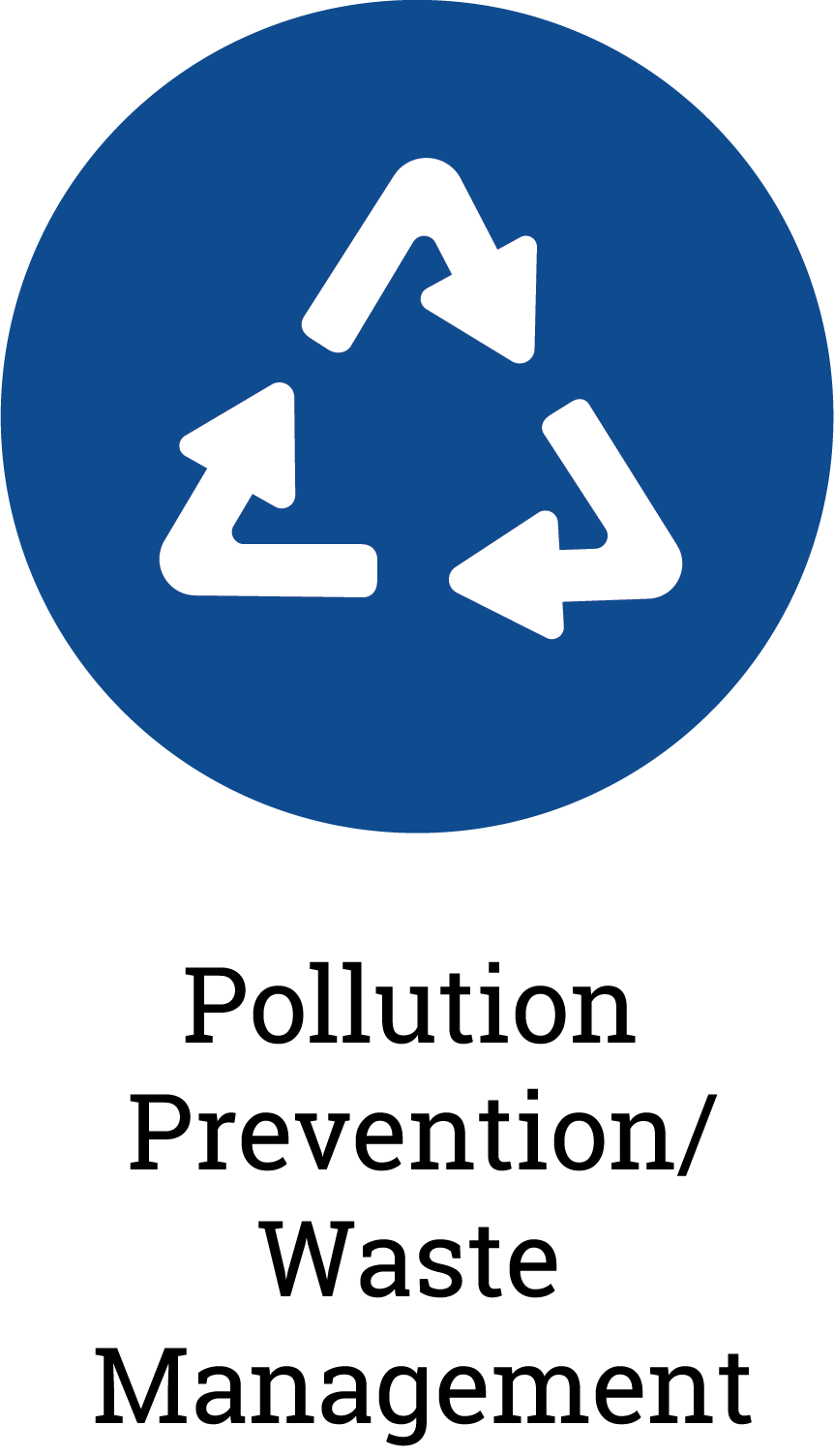 |
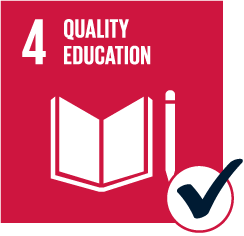 |
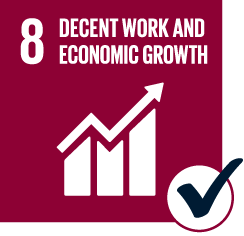 |
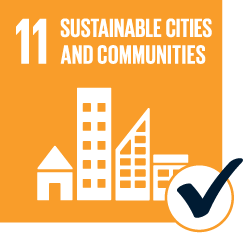 |
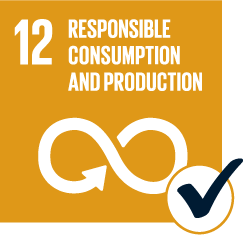 |
Market Overview
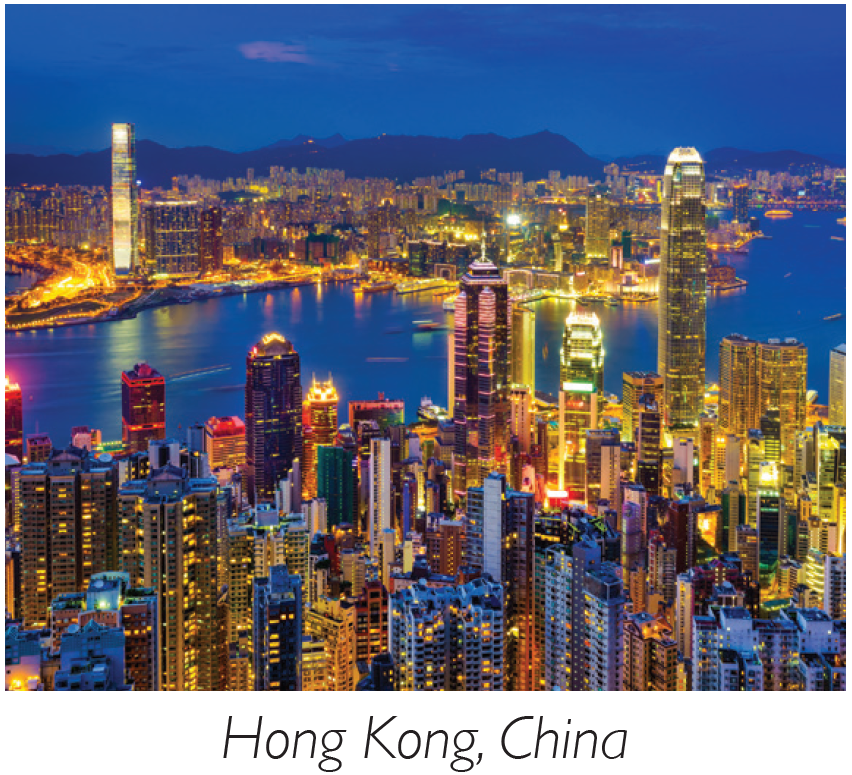
Hong Kong is classified as a high income country by the World Bank.1 Between 2010 and 2016, GDP growth rates averaged approximately 3.4%.1 Hong Kong’s main exports are concentrated in electrical machinery and appliances, textiles, apparel, footwear, watches and clocks, toys, plastics, precious stones, and printed material.2 Conversely, the country’s main imports are focused in raw materials and semi-manufactures, consumer goods, capital goods, foodstuffs, and fuel.2
Although Hong Kong is a high-income country, an exception was made due to this borrower’s high impact in India, a country that meets TriLinc’s standards for its performance across relevant growth, stability, and access metrics.3 In 2017, it ranked 2nd across the East Asia & the Pacific region on the World Bank’s Ease of Doing Business index.4 Insufficient capacity to innovate and inefficient government bureaucracy are seen as the most pressing hurdles currently facing the country’s productivity and competitiveness.5 With a 2016 GDP of $320.9 billion,1 the country’s well developed structural infrastructure, goods market, labor market, and financial market led the country to benefit from the estimated $450.2 billion in foreign direct investment that flowed into the region in 2016.6 Steady domestic demand across the East Asia & the Pacific region has helped spur regional GDP growth to 6.3% in 2016, and is projected to be maintained at 6.1% by 2019.7
Additional Sustainability & Impact Highlights
- 95% of the wastewater from the borrower’s production activity is treated and recycled and any solid by-products are either treated on-site, used by other industries for the further recovery of metal, or handled by a licensed organization for proper treatment or disposal. The borrower is striving to produce zero discharge from all of its facilities and therefore regularly monitors gas emissions such as CO2, electricity consumption, and waste production.
- The borrower is engaged in Capacity-Building initiatives at the company, university and national levels and holds training courses regularly for its employees, as well as university students in the nearby areas. Each course reserves 30-40% of available seating specifically for university students. Course materials cover topics including metallurgical technique, management and language. Additionally, it sends knowledgeable engineers to local
universities to teach and tutor students in relevant areas of study and provides scholarships to five different universities. - The borrower drives technological innovation and thought leadership through its R&D group. Some research and projects are done in collaboration with clients and local universities, while the remainder are conducted in one of the four R&D centers associated with the company across China. The borrower’s four core technological areas include high purity technology, crystal technologies, target material technologies, and nano-technology. A handful of products developed have successfully replaced old or existing products in the market, such as non-toxic and durable pigments, 3D printing, smartphones, plastic stabilizers, ITOs, and infrared detectors.
1World Bank, Hong Kong, 2017 2CIA, The World Factbook, 2017: Hong Kong. 3There is no assurance that our investment in this company or this market will be successful. 4World Bank’s Ease of Doing Business 2017: Hong Kong. 5World Economic Forum, The Global Competitiveness Report, 2017. 6The World Bank, World Development Indicators Database, East Asia & the Pacific, 2017. 7World Bank, Global Economic Prospects, East Asia & the Pacific, 2017.
The above information is as of the initial date of investment: September 22, 2017.
RISK FACTORS
There is no guarantee that TriLinc’s investment strategy will be successful. Investment in a non-listed LLC involves significant risks including but not limited to: ownership is restricted; no secondary market; limitation on liquidity, transfer and redemption of ownership interest; distributions made may not come from income and, if so, will reduce the returns, are not guaranteed and are subject to management discretion. TriLinc selects investments and conducts operations on behalf of its clients, and will face conflicts of interest. Investment with TriLinc is not suitable for all investors. Securities Offered through CommonGood Securities, LLC, a member of FINRA and SIPC.
An investment with TriLinc carries significant fees and charges that will have an impact on investment returns. Information regarding the terms of the investment is available by contacting TriLinc. This is a speculative security and, as such, involves a high degree of risk. Investments are not bank guaranteed, not FDIC insured and may lose value or total value. Some investments may have been made in an investment vehicle that is no longer open for investment. The highlighted investment may or may not have been profitable. There is no guarantee that future investments will be similar.
Want to learn more? Contact Us.
